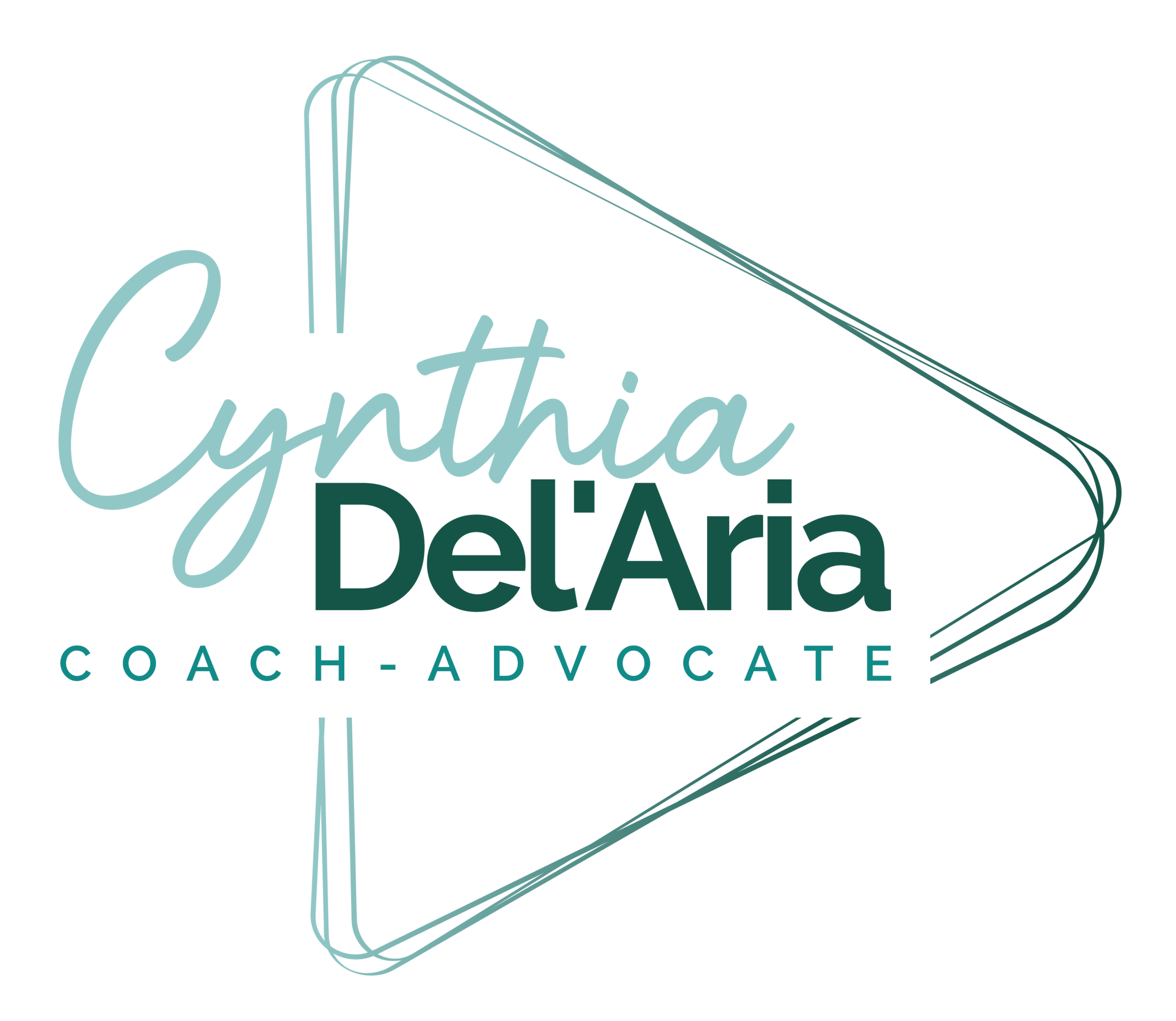TechTalk: Questions Commonly Asked About App Design
Questions About App Designs and Implementation
The world of app design ideas and app development is massive and encompass so many intricacies and nuances that it can be difficult to navigate successfully. We’ve cataloged the most common questions we get asked related to the app design process in an effort to help you feel a little less bewildered from the get-go.
What’s the difference between native mobile apps and responsive web? Do we need both? Is one better than the other?When thinking about building an app versus a website that is responsive (i.e. mobile-friendly), you need to first and foremost consider your audience. If your target users are teens and Millennials who primarily use Instagram and Snapchat, then a mobile app is a must. If, however, your target demographic is Boomers and X’ers, then you will likely do better with responsive web for your app idea.
Different audiences will naturally gravitate to different experiences, and that’s because what they are accustomed to and experienced with will differ. Understanding your audience, their preferences and usage patterns, and how you fit into their entire mobile ecosystem will go a long way to ensuring you put your time and money into the right solution for the right people.
What kinds of push notifications should I have?The number 1 most important rule of thumb with notifications of any kind is this: DO NOT ANNOY YOUR USERS! If your app is designed to remind your users of something until they acknowledge it, make sure you do a LOT of product validation with real users before you launch it. The best way to alienate users is to annoy them to where they cancel their subscription with you and delete the app.
That said, limit your notifications to only what is meaningful and useful to your users. Make sure that what you are sending them is relevant to your app, makes sense given the expected time the user interacts with the app, and is in line with whatever they’ve asked you for in their notification preferences.
And yes, you should ALWAYS allow the user to set their preferences as much as possible and to as fine a degree as possible. This helps ensure they are happy with what they are getting, and allows them to opt-out of certain things without having to opt-out of everything or delete the app.
Do I need to give my users a text messaging option for notifications? How much does that cost?Text messaging is a great option, especially for certain user groups who like that more than push notifications.
Are you noticing a trend? We are all about what the user wants and what makes it easy and friction-free for them to use!
There are costs associated with text messaging, but the reality is that the costs are relatively small. With providers like Twilio offering pricing as low as $0.0075 per text message sent, you can effectively send 1,000 text messages for about $8. In most cases, you can also get volume-based discounts for sending more text messages if you work it out and do a guaranteed monthly minimum with your provider.
It’s also a good time to note that even push notifications might cost some money to implement. Google’s Firebase service is a free APN (Apple Push Network) and FCN (Firebase Cloud Network, for pushing to Android devices), so if you have a good developer you can probably setup a solution that will work for free. However, services do exist to make this much easier and provide single-entry points for all channels your users might be subscribed to, such as email, text and push.
Do your research and investigate the options before you make a decision, and definitely understand the costs before making promises to your users. If your app is free but you’re paying for text message notifications, you’ll quickly run up costs that you may not be able to cover. Reputable mobile app development companies will be able to explain the various options and answer questions to help you make the right decision for your app or responsive website.
When do I get a graphic designer or user experience expert involved in my app development project?We recommend doing as little graphic design and user experience work up-front as possible, and spending your early time and money focusing on building a prototype that easily and simply communicates the problem you’re solving and how you are solving it so that your target audience can get it quickly. Once you’ve done that, and you’ve conducted 100-200 customer and product validation interviews, you will know exactly what your users want and need from your app design and that becomes your MVP (minimum viable product). It’s at this point that you get a user experience expert to ensure your workflows are as simple and easy-to-use as possible, and then get a graphic designer to brand it, style it, and make it “sexy”.
Doing any of this too early will most likely result in you spending time or money on features or functionality that won’t survive, and you’ll just spend more to refine your designs later.

